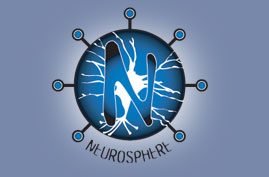Global e-Infrastructure
Wholeness and Virtual Communities
It is unfashionable in the U.S. to support government funding in network development, but this looks to me like the kind of support that created ARPAnet, the forerunner of the Internet, 40 years ago.
“Today marked the completion of a major conference organized by the Enabling Grids for E-sciencE project, which is coordinated by CERN1 and co-funded by the European Commission, where a number of key results were reported on the road to achieving a global Grid infrastructure for science. It was announced at the conference that the EGEE infrastructure, which spans over 150 sites in Europe, the Americas and Asia, had surpassed 2 million computing jobs, or the equivalent of over 1000 years of processing on a single PC. The EGEE infrastructure, which is linked by Europe’s GEANT high-speed communications network, as well as similar networks for scientific research around the world, spans across 40 countries. Only 18 months after the launch of the EGEE project, well over 1000 users around the globe are using the EGEE infrastructure to accelerate their computing tasks, which cover some six scientific domains and some 20 major applications, ranging from particle physics to drug discovery for combating malaria.”
http://info.web.cern.ch/Press/PressReleases/Releases2005/PR13.05E.html
